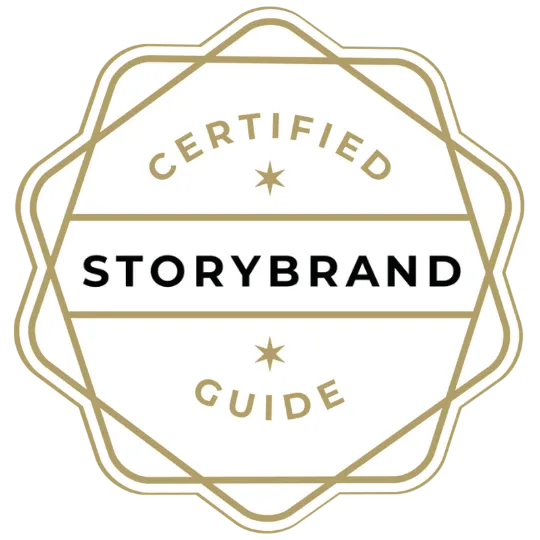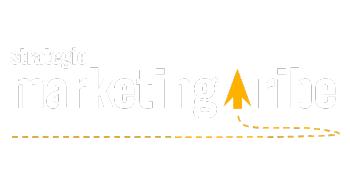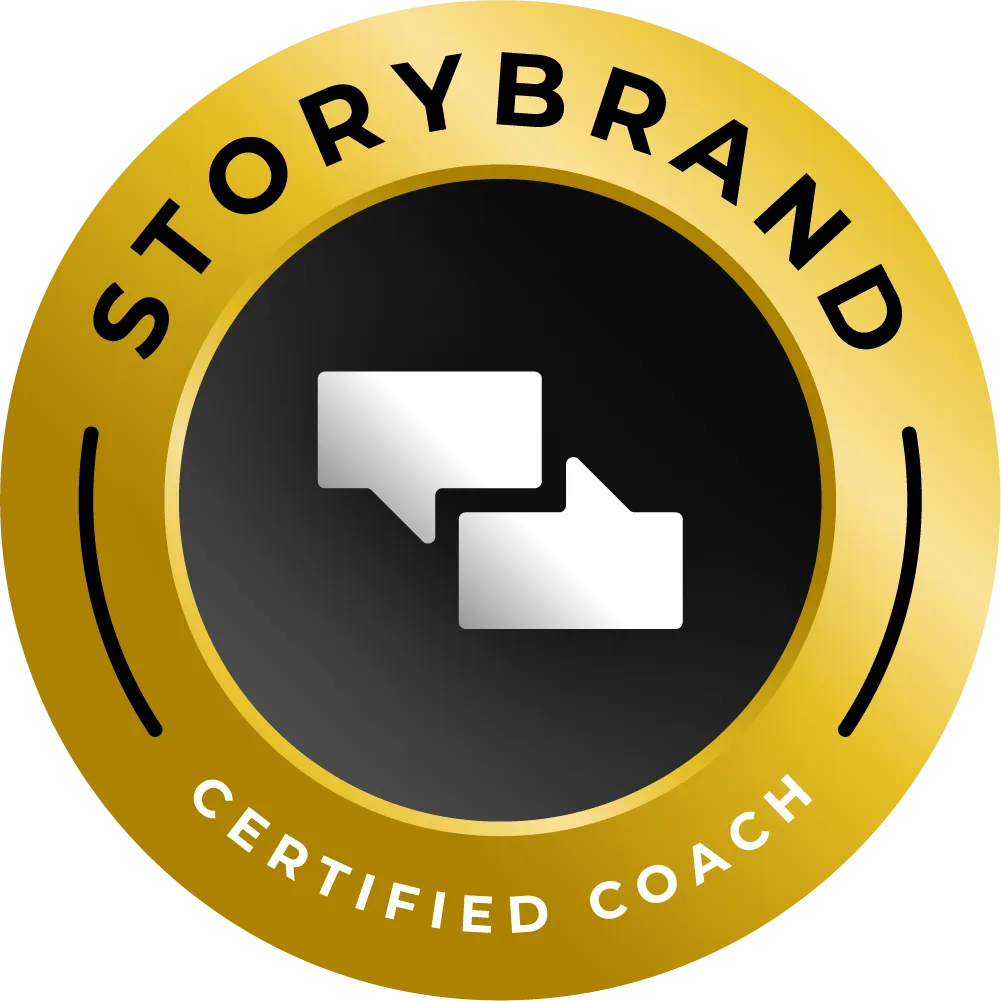NEWS, MEET STRATEGY
Real news, real insights – for small businesses who want to understand what’s happening and why it matters.

YouTube Adds AI Age Checks in USA—What It Means for Your Business
By Vicky Sidler | Published 17 August 2025 at 12:00 GMT
If you thought YouTube only wanted to know your viewing preferences, brace yourself—it now wants to guess your age, too.
Following new age-check laws in the UK and a coming ban on under-16s in Australia, YouTube is rolling out AI-powered age estimation in the United States. The goal: show age-appropriate content, disable targeted ads for teens, and apply stricter filters automatically.
And while this might seem like “kid content” news, it has big implications for small businesses using YouTube for marketing.
TL;DR
YouTube will start AI age-checking some US users
AI looks at video types, searches, and account history
Teens get stricter content filters, wellbeing tools, and no personalized ads
Incorrect age guesses can be corrected via ID, credit card, or selfie
Small businesses may see targeting changes—especially for younger audiences
Need help getting your message right? Download the 5-Minute Marketing Fix.
Table of Contents
YouTube Adds AI Age Checks in USA—What It Means for Your Business
What YouTube’s Doing (and Why):
Why It Matters to Small Businesses:
1. Revisit Your Target Audience:
2. Focus on Content That Crosses Age Lines:
Disney and Universal Sue AI Firm Midjourney—What Small Businesses Must Know Now
Em Dashes Now Flag AI-Generated Content—What This Means for Small Business Writing
Google Traffic Is Down But Not Gone—How Small Businesses Can Adapt and Grow
FAQs on YouTube’s AI Age Checks
How will YouTube’s AI know my age?
What happens if YouTube thinks I’m under 18?
Can I correct my age if the AI gets it wrong?
How will this affect small business marketing on YouTube?
What YouTube’s Doing (and Why):
YouTube’s new system will estimate your age using machine learning—basically, a robot guessing your birthday based on what you watch, how you search, and how long your account’s been around.
If it decides you’re under 18, it’ll:
Turn off personalized advertising
Apply stricter content filters
Activate “digital wellbeing” tools
Limit certain features and recommendations
This mirrors measures already in place in the UK and Australia, where governments have tightened online child-safety laws. Australia’s ban on under-16s using social media takes effect in December, and the UK’s Online Safety Act is already in force.
Why It Matters to Small Businesses:
If you use YouTube ads, this could change your targeting overnight.
No personalized ads for under-18s means your campaigns won’t reach them.
Content categorization shifts may affect whether your videos appear in younger viewers’ feeds.
Ad performance data could look different, especially if your audience skews younger.
And here’s where it gets personal. One of my other YouTube channels gets a surprising number of childish comments—despite the analytics saying the bulk of the audience is middle-aged. My best guess? Kids on their parents’ devices, watching under a logged-in adult account.
The content itself is family friendly, so it hasn’t been a problem. But from a marketing and analytics perspective, it’s frustrating not knowing for sure who’s really watching. If AI-based age checks make audience demographics more accurate, that’s valuable—both for advertisers and for creators planning what to publish next.
How to Adapt Your Marketing:
This isn’t a reason to panic—but it is a reason to review your strategy.
1. Revisit Your Target Audience:
Check your YouTube analytics to see how much of your viewership is under 18. If a big chunk disappears from personalized targeting, you’ll need alternative strategies.
2. Focus on Content That Crosses Age Lines:
Educational, how-to, and brand storytelling videos work across generations—and aren’t dependent on age-based ad targeting.
3. Strengthen Organic Reach:
If ads become less effective for certain groups, organic discoverability matters more. This means:
SEO-optimized video titles and descriptions
Strong thumbnails
Engaging hooks in the first 3 seconds
4. Watch for Policy Creep:
Sometimes, platform changes in one market roll out everywhere. Keep an eye on whether YouTube expands AI age estimation beyond a “small test group” in the US.
The Big Picture:
YouTube isn’t just tweaking settings—it’s reshaping how audiences are segmented and served content. That affects advertisers, creators, educators, and brands alike.
Whether you agree with the approach or not, the smartest move is to future-proof your messaging so it resonates instantly with the right people, regardless of platform rules.
If your videos (or your marketing in general) can’t grab attention and communicate value fast, no algorithm tweak will save you.
Start With a Clear Message:
Your best defense against changing algorithms? A crystal-clear message that works everywhere—from YouTube to your website to your sales conversations.
The 5-Minute Marketing Fix shows you how to write one sharp, simple sentence that gets attention and builds trust.
Because when the rules change, clarity wins.
Related Posts
Disney and Universal Sue AI Firm Midjourney—What Small Businesses Must Know Now
If YouTube’s AI can misjudge your age, imagine what happens when AI misuses someone else’s intellectual property. This case shows how copyright battles could reshape the tools many small businesses rely on.
Em Dashes Now Flag AI-Generated Content—What This Means for Small Business Writing
Yes, punctuation can now trigger AI suspicion. If you’re creating YouTube scripts or blog posts, this piece explains how small writing quirks can affect credibility in the AI detection era.
Google Traffic Is Down But Not Gone—How Small Businesses Can Adapt and Grow
YouTube’s targeting changes are just one example of shifting platform rules. This article covers how to adapt when traffic patterns change, so you’re not dependent on a single algorithm.
FAQs on YouTube’s AI Age Checks
How will YouTube’s AI know my age?
YouTube’s AI will estimate your age by analyzing factors like the types of videos you watch, what you search for, and how long your account has been active.
What happens if YouTube thinks I’m under 18?
If the AI determines you’re under 18, YouTube will disable personalized advertising, apply stricter content filters, and activate digital wellbeing tools on your account.
Can I correct my age if the AI gets it wrong?
Yes. You can verify your actual age by providing a government-issued ID, a credit card, or a selfie as proof.
How will this affect small business marketing on YouTube?
Businesses that advertise to younger audiences may see reduced targeting precision. It could also impact ad performance data and the reach of certain types of content.
Will these AI age checks improve audience analytics?
Potentially, yes. For creators, this could mean more accurate audience demographics, helping with content planning and targeting decisions—especially if kids are watching under adult accounts.
Is this change only for the US?
The rollout is starting in the US but follows similar moves in the UK and Australia. It’s possible that YouTube could expand this feature globally in the future.
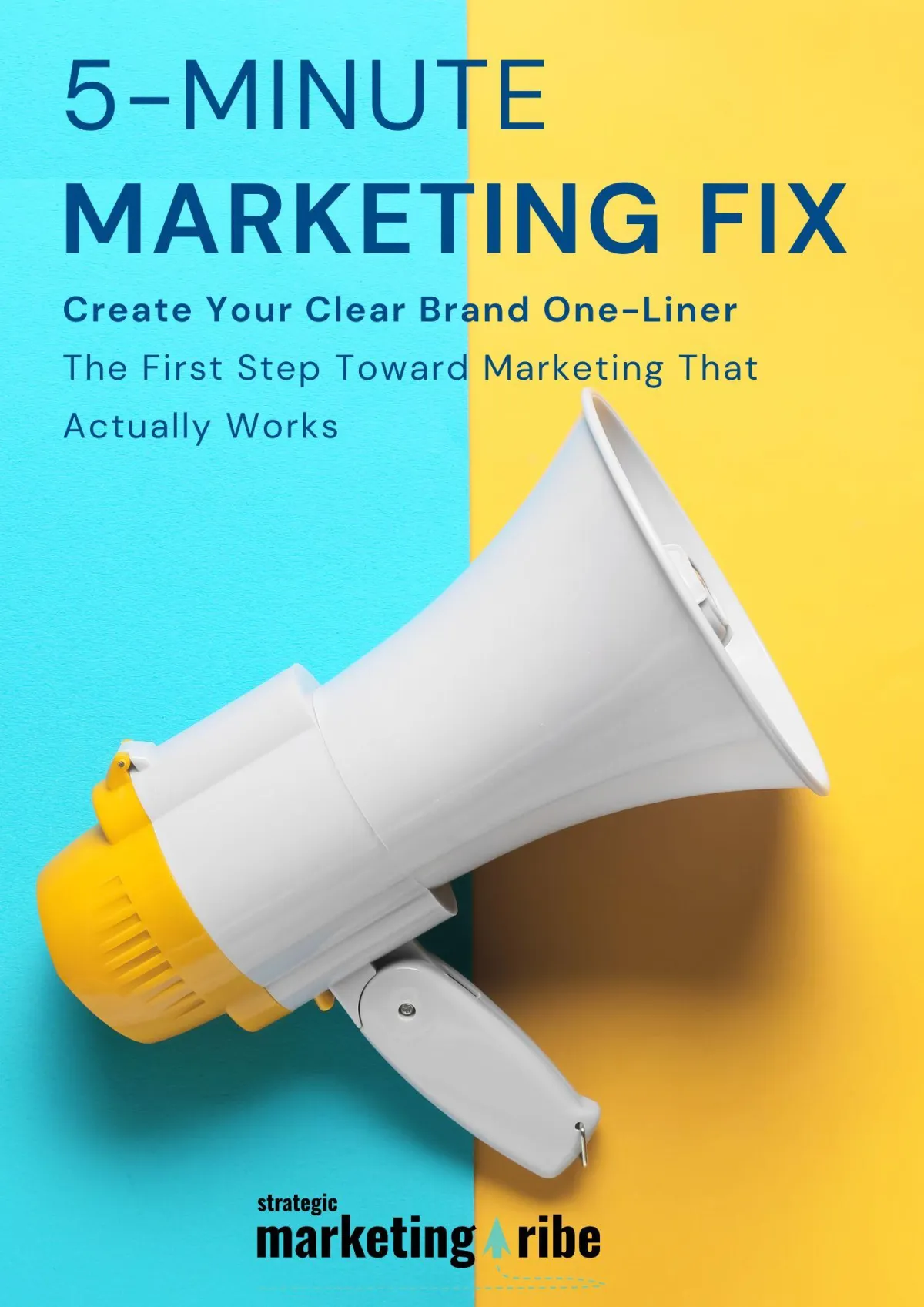
Created with clarity (and coffee)
